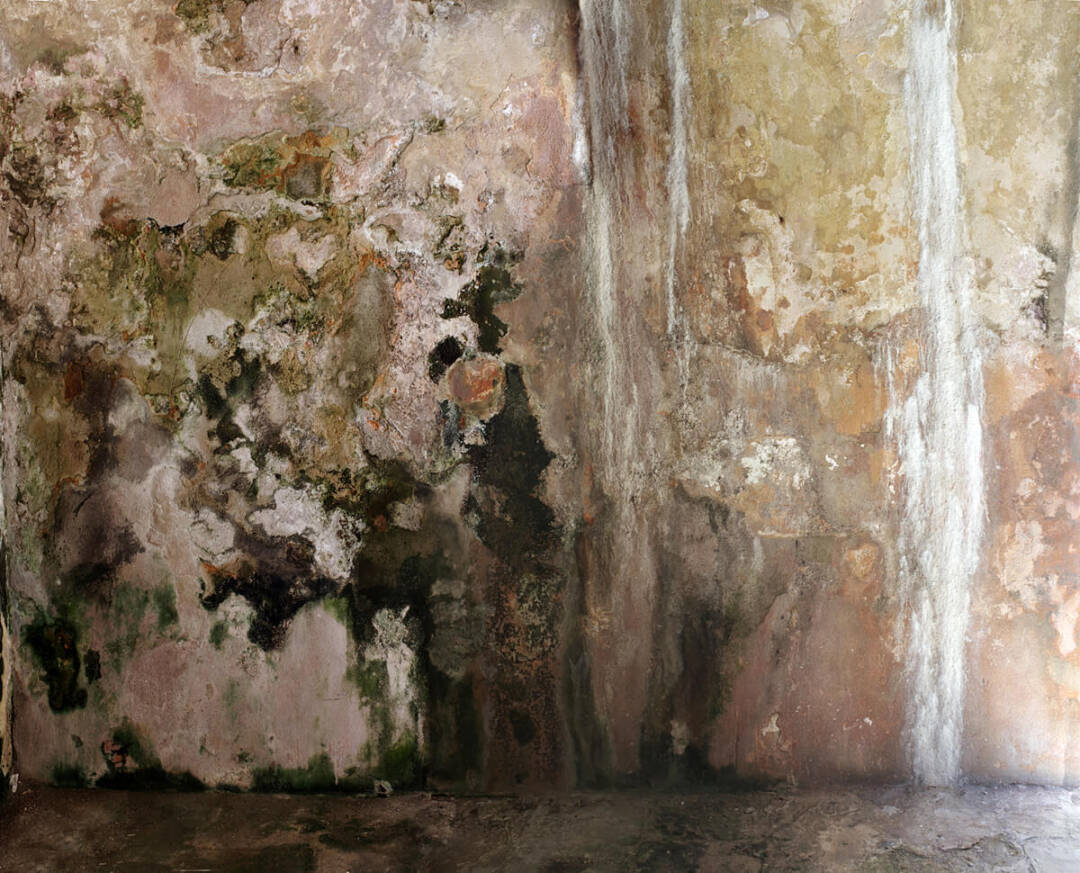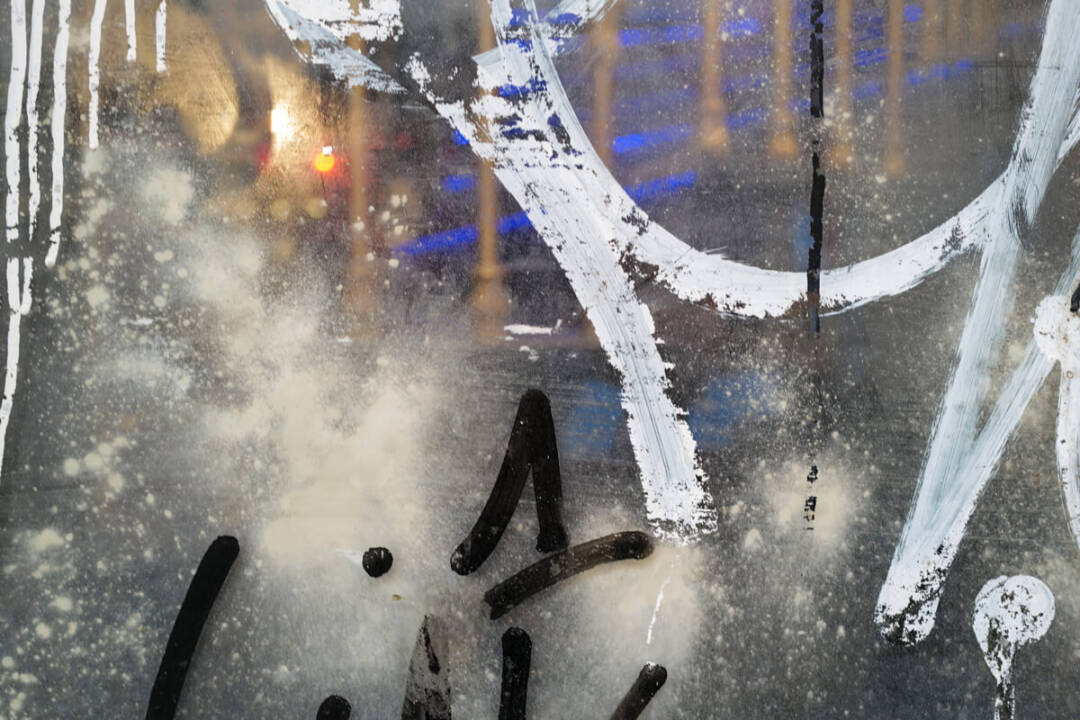November 1 – December 7, 2025
An exhibition of photographs by Charles Anselmo, Henry Bortman and Patricia Scott Winslow, Surface Tension explores the myriad textures, histories and dissonances of the abstracted surfaces which inhabit peripheral urban spaces.
To create representations of a textural, sensate world, how are photographic processes to engage the surface in ways that are congruent with the practice of painters, printmakers and other two-dimensional analog artists? Robert Motherwell addresses the essential tension between the artist and the created surface: “The tactile thing we know by touch. Before this moment, however, it is only a notion enfolded in physicality, then brought to life as space discovers form, color delineates shape and most essentially, line activates surface.”
Through the dialog between idea and practice, between perception and abstraction, photography has been privileged to flatten dimension and compress space as it interprets our quotidian world through a unique visual mimesis. Surface Tension offers photographic representations surrounded by their own immediate context, as floor-to-ceiling images become printed walls to create a tangible plane for framed images that are mounted not in the vacant white expanse of conventional walls, but upon their own congruent surfaces within empirical space.
About the Artists:
Engaging ongoing themes related to urban context and the role of memory, Charles Anselmo evaluates the dissonances of the forgotten urban landscape through large scale social-documentary photographs, captured in the warm palette of decay.
Henry Bortman’s quiet, minimalist work explores the subtle shapes and shadings of the natural world. His photographs distill down these immersive multi-sensory experiences and express them as two-dimensional images, often focusing on small details of a scene, rendering them as scale-ambiguous abstractions.
Patricia Scott Winslow explores the narratives of the abstract; walls become canvases denoting not only the social ideas that speak to the current identity of the city, but also become living chronicles of the past.




